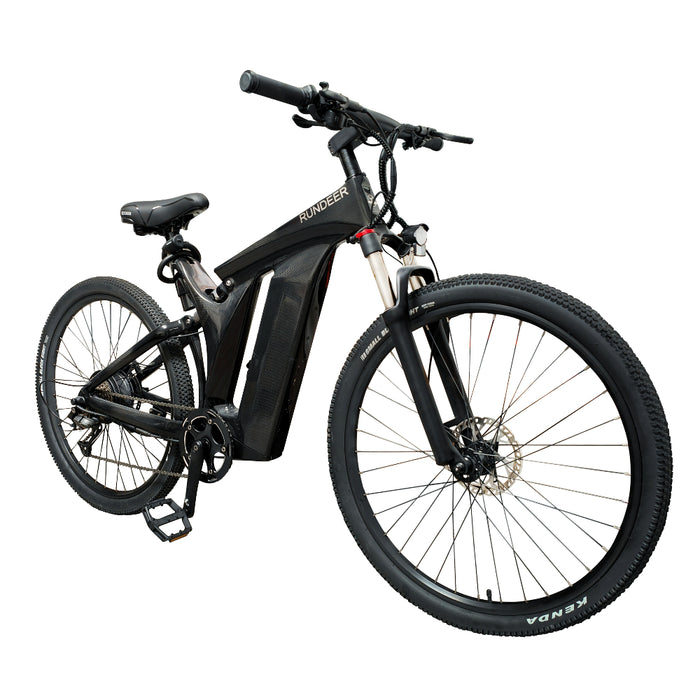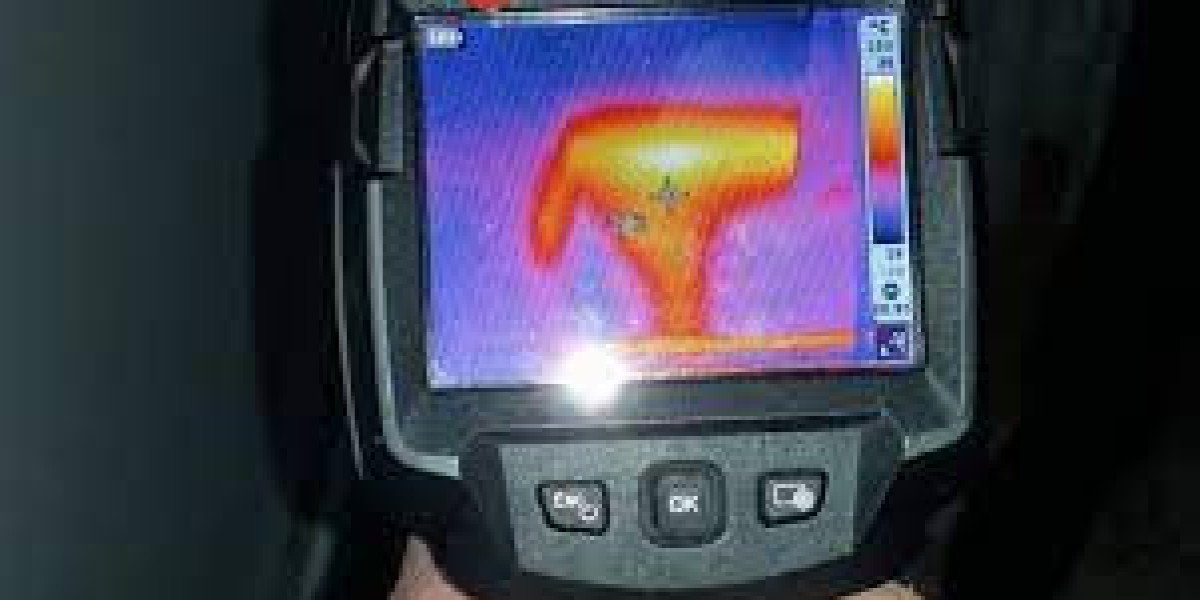Unleash Your Adventure: Discover the Thrilling World of Mountain Bikes vs. Electric Mountain Bikes!
Mountain biking has long been a beloved outdoor activity, offering thrill-seekers an escape into nature and a chance to tackle challenging terrains. In recent years, the rise of electric mountain bikes has added a new dimension to this exciting sport, inviting even more enthusiasts to the trails. With their powerful motors and enhanced capabilities, electric mountain bikes are changing the landscape of mountain biking, making it more accessible to a broader audience. In this article, we will explore the features, benefits, and differences between traditional mountain bikes and their electric counterparts, helping you decide which option might be best for your next adventure.

Understanding Mountain Bikes
Mountain bikes are designed specifically for off-road cycling, featuring a robust frame, wide tires with deep treads, and suspension systems that absorb shocks from rugged terrain. These bikes come in several types, each tailored for different styles of riding and environments. For instance, cross-country mountain bikes are lightweight and optimized for speed, making them ideal for climbing hills and covering long distances. Downhill mountain bikes, on the other hand, are built for steep descents, equipped with powerful brakes and heavy-duty suspension to handle rough trails. Other types include trail bikes, all-mountain bikes, and fat bikes, which are suitable for snow or sand. The versatility of mountain bikes allows riders to explore a variety of terrains, from rocky paths to forest trails, making them a popular choice for outdoor enthusiasts.
Exploring Electric Mountain Bikes
Electric mountain bikes (e-MTBs) incorporate a pedal-assist motor that provides riders with an extra boost of power, making it easier to tackle steep inclines and long rides. These bikes are equipped with a battery, which can usually be charged at home or while on the go, allowing for extended riding time. The key components of an e-MTB include the motor, battery, and an electric control system, which adjusts the level of assistance based on the rider's input. One of the biggest advantages of electric mountain bikes is their accessibility; they enable riders of varying skill levels and fitness backgrounds to enjoy the thrill of mountain biking. Additionally, e-MTBs can help riders cover greater distances without the fatigue typically associated with traditional mountain biking, making them an excellent option for those who want to explore more challenging trails or ride with friends who may have different fitness levels.
Comparative Analysis: Mountain Bikes vs. Electric Mountain Bikes
When comparing mountain bikes to electric mountain bikes, several factors come into play, including performance, ease of use, maintenance, and cost-effectiveness. Traditional mountain bikes often excel in terms of performance for experienced riders, offering a more connected feel to the terrain and requiring greater physical effort. They are generally lighter and easier to maintain since they lack complex electrical systems. However, electric mountain bikes shine in accessibility and ease of use; they allow riders to tackle hills and long distances that may be daunting on a traditional bike. In terms of maintenance, e-MTBs might require more attention due to their electrical components, which could involve higher costs. Cost-effectiveness can vary as well; while traditional mountain bikes might have a lower initial purchase price, e-MTBs can offer savings in terms of reduced physical strain and the potential for longer rides, leading to more adventure time.
Benefits of Each Type
Mountain bikes offer unique benefits that appeal to many riders. Their simplicity promotes physical fitness, allowing cyclists to build strength and endurance as they navigate rugged terrains. Traditional mountain biking also provides a more immersive experience in nature, as the rider's physical exertion creates a deeper connection with the surroundings. On the other hand, electric mountain bikes come with their own set of advantages. They make mountain biking accessible to a wider audience, including those who may have physical limitations or are new to the sport. The ability to adjust the level of assistance means that riders can choose how much effort they want to exert, making it easier for them to enjoy longer rides without the fatigue that can accompany traditional biking.
Final Thoughts on Riding Choices
In summary, both mountain bikes and electric mountain bikes offer thrilling ways to explore the great outdoors, each with distinct features and advantages. While traditional mountain bikes promote fitness and provide an authentic riding experience, electric mountain bikes enhance accessibility, allowing more people to enjoy the sport. Ultimately, the best choice depends on your personal needs, fitness level, and riding preferences. Whether you opt for the classic mountain bike or the innovative electric mountain bike, both options promise to deliver unforgettable adventures on the trails.







